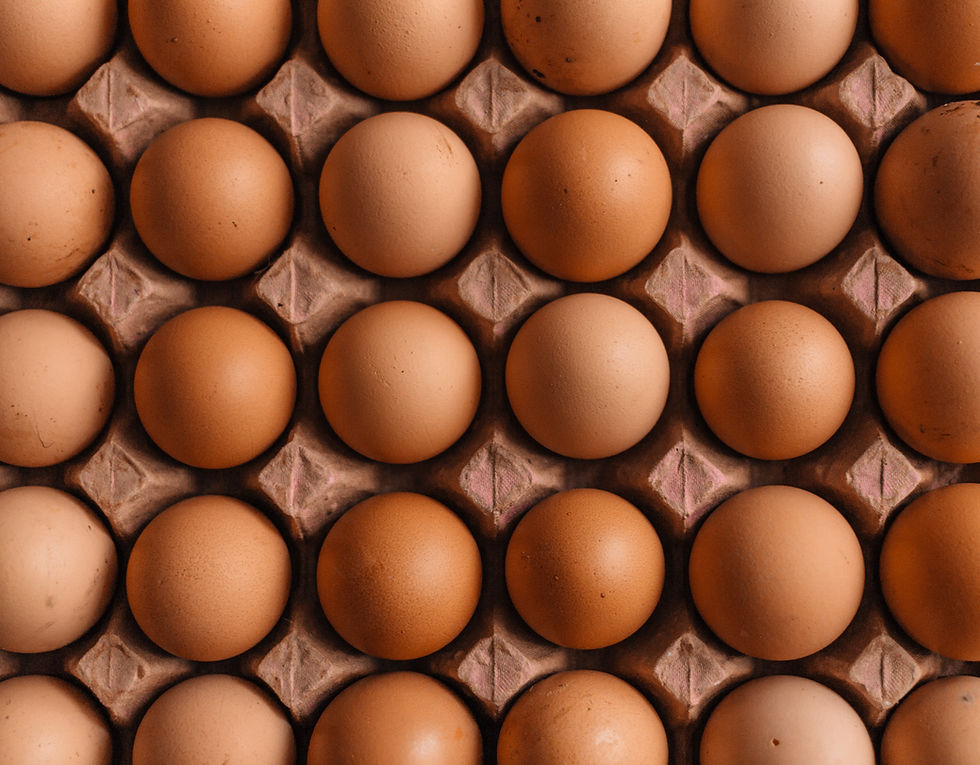To carb or not to carb....?
- Alison Smith
- Feb 3, 2021
- 2 min read
Carb has become a four-letter word, even among active women who are increasingly becoming grain and starch phobic. We can't just eliminate this essential macronutrient, they are indeed essential for everyday health.

Yes, back in the good old days carbs were definately overdone, with starchy bagels and mountains of pasta making us unleathy and overweight, but there is a balance!
Your body uses carbohydrates for energy during exercise. They fuel your brain and central nervous system, help your body burn fat and help preserve your precious muscle tissue by preventing your body from using protein as a primary energy source.
Remember your glycogen supply is limited. Fully stocked, you have about 10g of glycogen per kg muscle tissue (a 61kg woman has roughly 610g) and about 40-45g of liver glycogen; generally enough to fuel a 2-hour run depending on your pace - the harder you push, the faster you burn through your stores. As a minium you need 130g carbohydrate or the equivalent if aboyut 520 cals worth (the amount in a cup of pasta, cup of beans and a potato) for survival. This does not support physical activity, its just what is needed to support the central nervous system, maintain red blood cell production, keep the immune system running and fuel the brain. Your brain alone requires roughly 60% of your bodys resting gluces utlization.
What you eat day to day profoundly impacts how much glycogen you have in the tank at any one time and this relates to exercise. Whether you are a regular crossfitter, swimmer, runner, cyclist it's important that you have enough glycogen on board to get the job done, especially if you plan to go long or hard. While you can probably get through your yoga class without draining the tank, as soon as you incease the intensity to about 70% VO2max (breathing hard but still conversational) you'll burn through your stores in a couple of hours. Go harder, like 400m sprints and they'll be gone much quicker.
Glycogen availability is the single biggest limiting factor for going strong and maintaining your effort and intensity for any type of prolonged activity.
What about fat adaptation and paleo?

Low carb diets increase fatty acid oxidation during exercise and encourage intramuscular fat storage. The body is smart; if there isn't enough primary fuel to support the stress it's under, it'll go for a secondary source - in this case fat - then store more of it for hte next time it encounters the stress. But this does not translate into improved performance..
In women, high-fat, very low carb eating elevates levels of cortisol which increases catabolism and harms protein synethesis. In the end a low carb diet compromises your ability to maintain high-intensity or prolonged periods of exercise and puts your body under exorbitant stress.
It doesn't mean you need to pile your plate full of pasta and bread. As a woman you become more sensitive to carbohydrates as you age because of the decline in your oestrogen levels, so eating a diet too high in carbs is not great from a blood sugar and metabolism standpoint. Starchy vegetables such as sweet potatoes, squash carrots, onions and garlic are superior from a nutritional standpoint. You do need to eat the right carbs through the day, and aim for a daily intake of 40-45% whole food carbs)



댓글